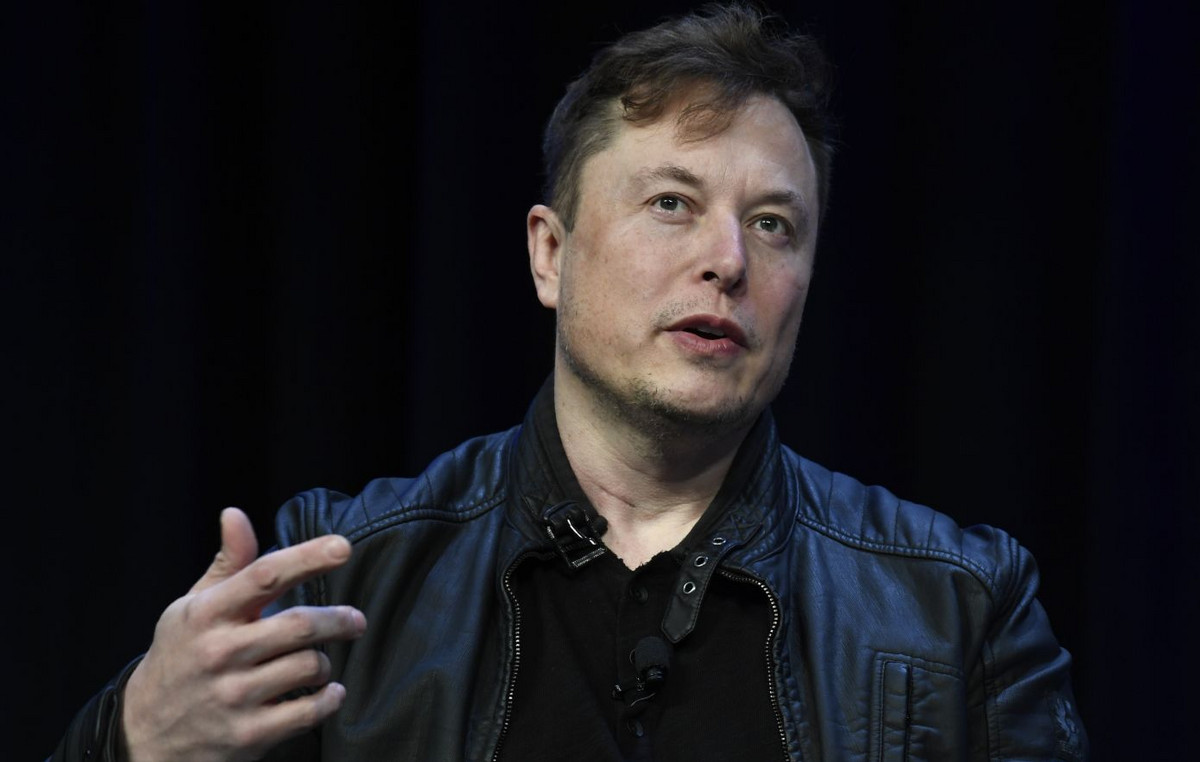Scientists bred mice with two biologically male fathers. The mice – shown here – represent a significant milestone in reproductive biology.
The team, led by Katsuhiko Hayashi, a professor of genome biology at Osaka University in Japan, generated eggs from the skin cells of male mice that, when implanted in female mice, produced healthy offspring, according to research published on 15 March in the peer-reviewed journal Nature.
The proof-of-concept research, the culmination of years of painstaking laboratory work, could expand the possibilities for future fertility treatments, including for same-sex couples, and perhaps help prevent the extinction of endangered animals.
However, scientists caution that there is still much to learn before the cultured cells can be used to produce human eggs in the laboratory.
“The application in humans is expected to take a long time, perhaps 10 years or more. Even if it’s enforced, we never know if the eggs are safe enough to produce (a) baby,” Hayashi said.
Reprogrammed skin cells from rat tails
The researchers took cells from the tail skin of adult male lab rats, which, like human males, contain an X and a Y chromosome, and turned them into induced pluripotent stem cells, or iPSCs – a type of cell that scientists have reprogrammed it in an embryonic state.
This genetic engineering process, which introduces specific genes to create cells that mimic embryonic stem cells, was pioneered by Nobel Prize-winning scientist Shinya Yamanaka.
(Induced pluripotent stem cells, which can be grown into any type of human cell, are widely used in biological research to model and investigate human disease and to develop drugs.)
When iPSCs are grown in the laboratory, some spontaneously lose the Y chromosome, which is not essential for the growth of that specific cell type, generating “XO” cells, explained Hayashi.
Technology can help expand future fertility treatment possibilities.
The researchers cultured the XO cells and found that some cells developed two X chromosomes as a result of cell division errors – making them chromosomally female. Treating the XO cells with a compound called reversin increased the number of XX cells, the researchers found.
From there, the team converted the XX cells into primordial germ cells, egg and sperm precursors, which were then programmed with the signals to turn them into eggs. Once fertilized with sperm and implanted in the uterus of a mouse, the eggs produced living offspring.
“This study is particularly interesting because it takes advantage of errors that are known to occur during the culture of XY cells, which lead to the loss of the Y chromosome and subsequent gain of a second X chromosome, resulting in XX cells capable of generating live offspring,” said Rod Mitchell, professor of developmental endocrinology at the MRC Center for Reproductive Health at the University of Edinburgh in Scotland, in a statement. He did not participate in the research.
“However, its potential application for humans (e.g. same-sex couples) remains to be seen. In the mouse study, very few embryos generated using mouse cells resulted in living offspring, and the final steps required to convert germ cells into eggs were not reliably reproduced using human cells,” added Mitchell, who is also a consultant pediatric endocrinologist at the Royal Hospital for Children and Young People in Edinburgh.
Only 7 out of 630 mouse embryos implanted gave rise to mouse pups. Hayashi said this low success rate – around 1% – is not due to the sex chromosome conversion process, but to the reality that cells grown in the lab are typically smaller than those of a living animal.
“This is due to the sub-optimal condition of the farming system. Especially, if the culture period is long (in this case, 5 to 6 weeks), the cell potential is compromised,” Hayashi said via email.
What is the next step?
Hayashi’s research raised the possibility that someday same-sex couples could have a baby that shares both parents’ genes.
“It will be difficult to produce babies from male-male (human) couples for technical and ethical reasons,” Hayashi said. “But it is theoretically possible to produce babies from male couples, as shown in this study.”
He said it would be more challenging to do the reverse – that is, make sperm from female cells because they don’t contain the Y chromosome, which is essential for making sperm. Duplicating an X chromosome, which male cells already have, is easier than evoking a Y chromosome in female cells, explained Hayashi.
Source: CNN Brasil
Charles Grill is a tech-savvy writer with over 3 years of experience in the field. He writes on a variety of technology-related topics and has a strong focus on the latest advancements in the industry. He is connected with several online news websites and is currently contributing to a technology-focused platform.







